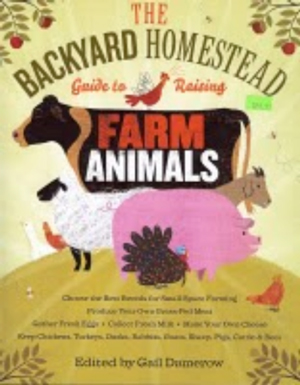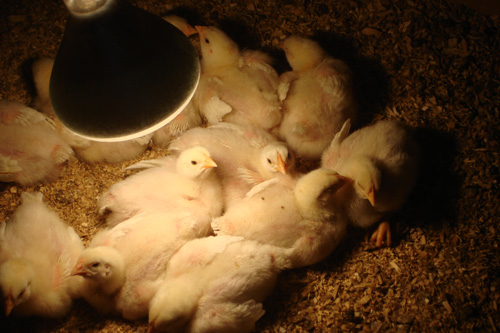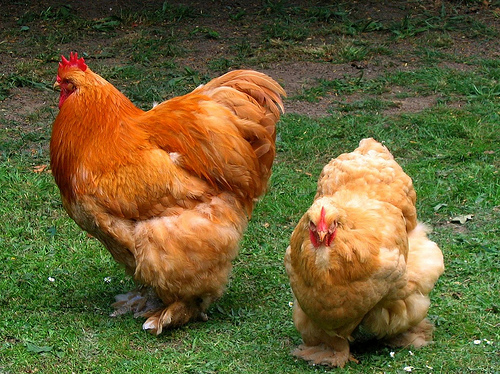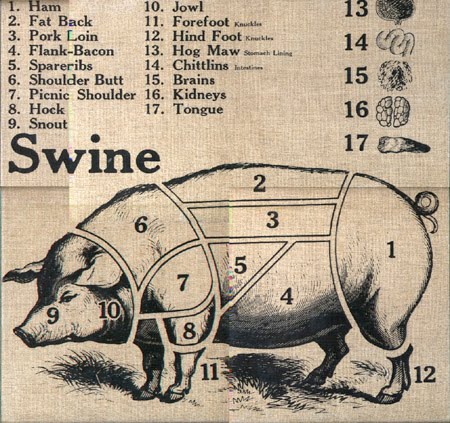Posts Tagged ‘Homestead’
Happy New Year!
May the New Year bring you closer to your dreams and farther from your troubles.
May you find peace in simplicity and joy in the smallest of accomplishments.
From all of us at,
Suburban Homesteading (dot) com
The Victorian Kitchen Garden
I am totally hooked on this 1987 BBC television show entitled “The Victorian Kitchen Garden.” As soon as I watched the first episode I was lost in the epic month-by-month restoration of a walled kitchen garden at the Chilton Foliat estate in Wiltshire England. Having been to England and reveled in each garden I visited this show was like a long overdue garden junky fix.
Each 30-minute episode is chalk full of interesting history on the Victorian era, English estate gardening and useful gardening tips. The cinematography is fabulous too, just what a starved gardener in the dead of winter needs to get the creative planning juices going. It is a Masterpiece Classic of gardening. And, the best part…there are 13 episodes to get you revved up for spring.
After each episode I sit back and dream, plan and wish my little homestead could be as functional and productive as this garden, certainly something to strive for, right?
I thought I’d give you all the chance to join the fun by posting each episode on the blog. Sad news though, I searched for the DVDs, but they don’t seem to be available in America. The links below are for YouTube versions. God bless people who take the time to post things we can all enjoy. Maybe if we all make inquiries about the series someone will show it again. We can hope, can’t we?
PBS, are you listening?
Enjoy the fun, folks! I sure did. Read the rest of the story »
Great Summer Read!

Suburban homesteads come in many shapes and sizes, taking their own path to self-sufficiency, but, in my mind, a true homestead needs livestock to be complete. Whether two footed or four; feathered or furred or wooled, animals are what turn a backyard garden into a full fledged farm. Without them all you have is a garden, which is nice, but a homestead is a little more scrappy. It’s loud and it’s dusty and sometimes messy when it’s full of feathers and cloven hooves, paws and fur.
I found a new book for my homestead library recently – The Backyard Homestead’s Guide to Raising Farm Animals.
It’s the livestock companion to the original Backyard Homestead, and it’s a fine introduction to jumping on the livestock bandwagon. At first it may seem a little elementary for the more seasoned livestock person, but it’s perfect for those who have dreams of turning their landscaped suburban lot into a thriving mini-farm, or those who have never held a chick or readied a hutch for kits.
It’s a friendly read, full of easy to understand information about the basics of starting a flock of chickens, ducks, turkey’s or geese; a hutch or two of rabbits; or a herd of goats, sheep or pigs. It even has information about raising cattle on a small suburban homestead. It will give you a good idea of what you’re getting yourself into, along with wonderful plot maps on how to lay out your farm if you’re just getting started.
The illustrations and sidebar instructions are great and each species is broken into its own chapter, so you can read only those parts that interest you. Want goats, but not pigs. Fine. Can’t have bees, but can have chickens. No problem, just read the chapters you want.
Even with my years of livestock experience I’m still able to glean useful information from new sources. It’s becoming a new favorite around here. Grab one for yourself.
Come on in and Grab a Seat
Well folks, I can hardly believe it. Our little blog is approaching its second anniversary.
It’s this time of year that I like to ask all you folks to Come on in and Grab a Seat, meaning we’d like to hear from you. You can share a little about yourself, your homestead or your dreams of starting a homestead, give as much or as little information as you’d like. Or, perhaps you’d like to make a suggestion for the blog – topics, projects, recipes, etc. This is a way for us to see who we are writing to, get to know you a little better and meet the needs of people who stop by to read what’s going on.
It’s also a way for all of you to connect with like-minded folks in your area. How cool would that be? The internet is great, but it keeps us indoors and disconnected a little too much. It’s a tool for networking and learning to be sure, but should not replace person-to-person communication and relationships. By saying hello here you might just find a new friend right in your town that has the same wants and desires and dreams as you. It may spark a new gardening club or potluck or meet up or someone to attend that sustainable farming lecture with.
So come on in, grab a seat and say hello.






Recent comments
Aenean nonummy hendrerit mauris. Phasellus porta.